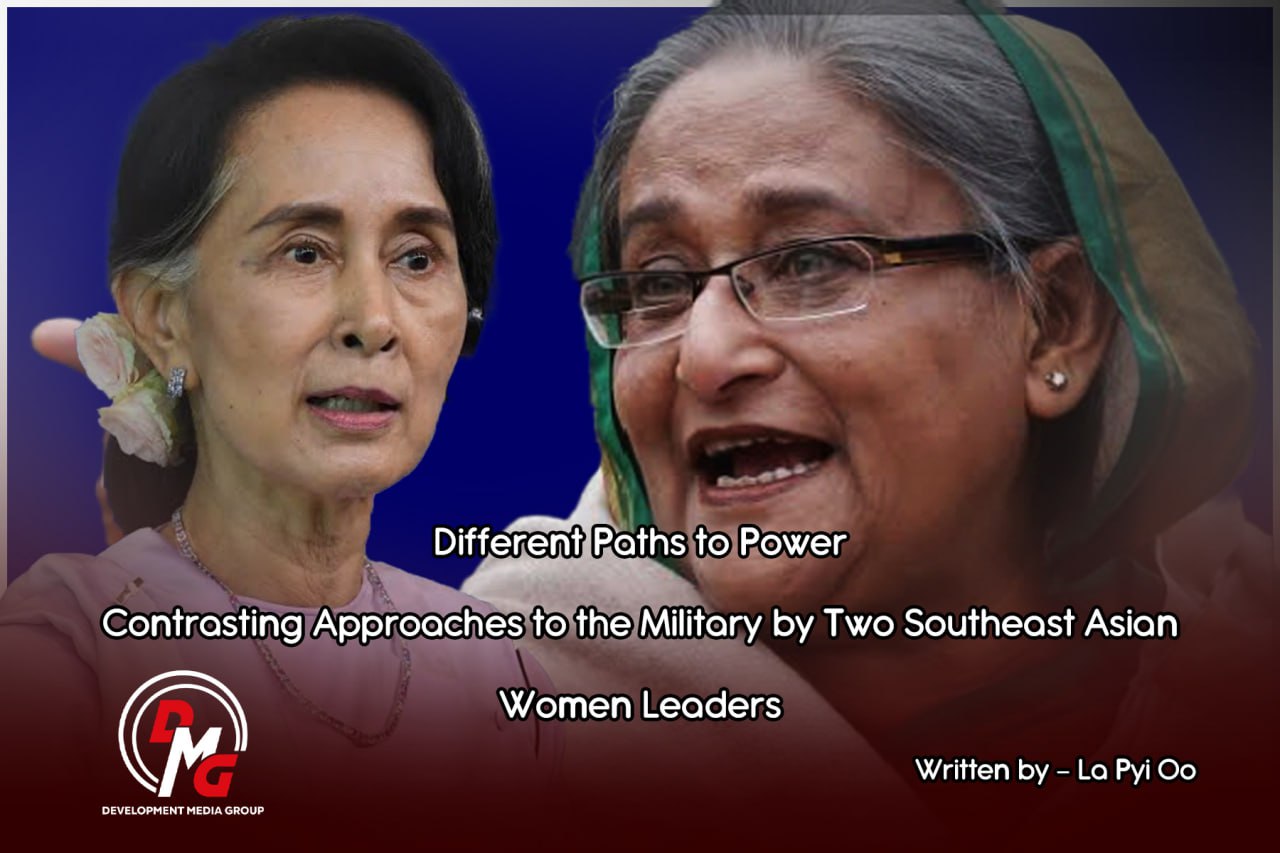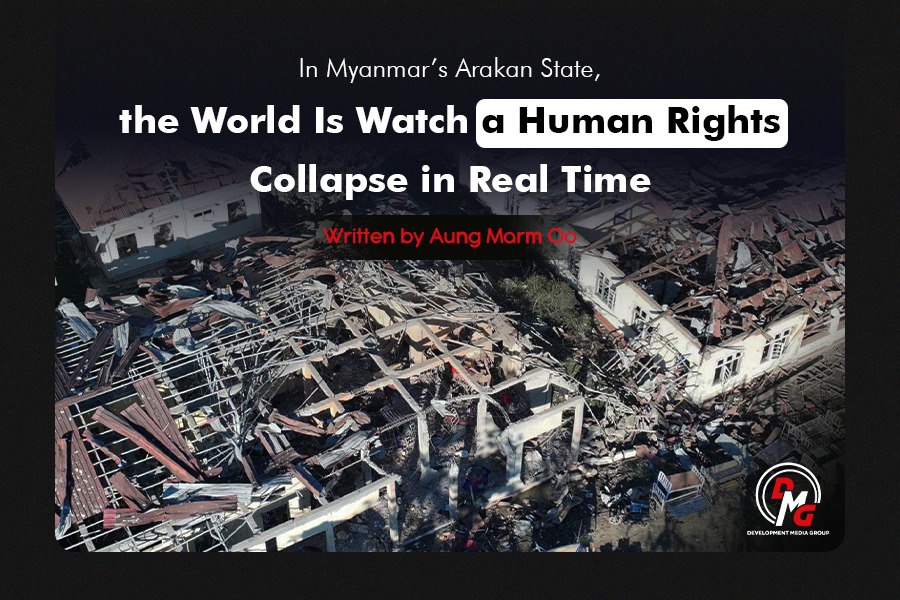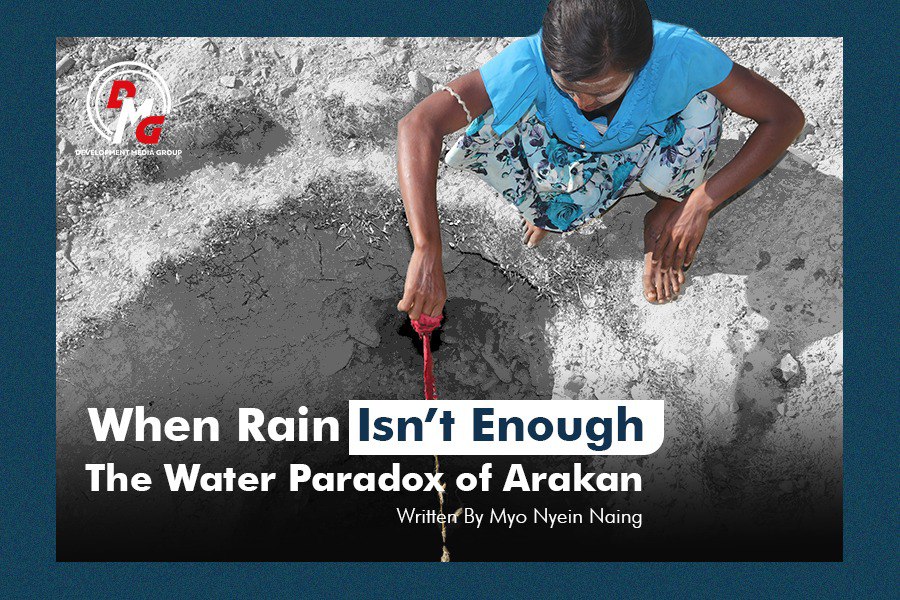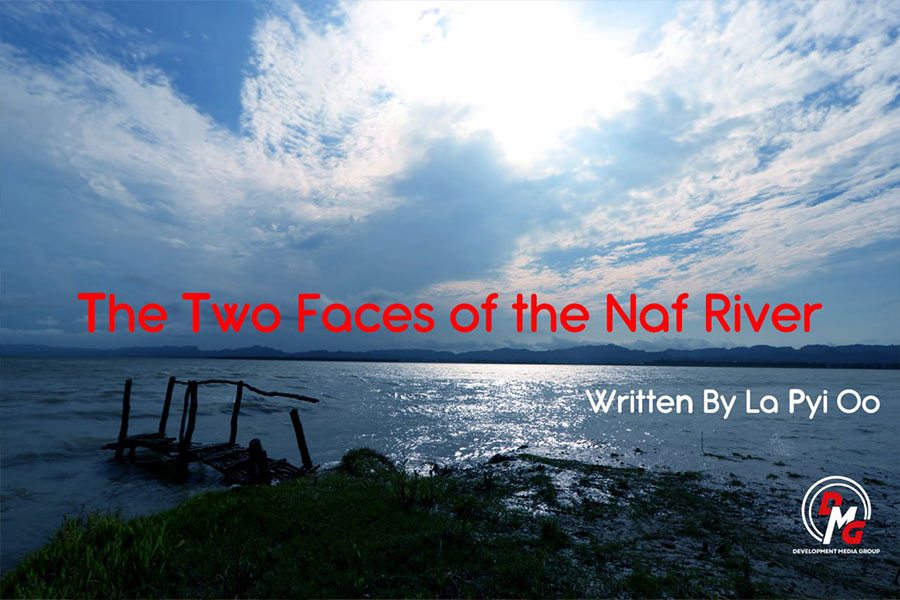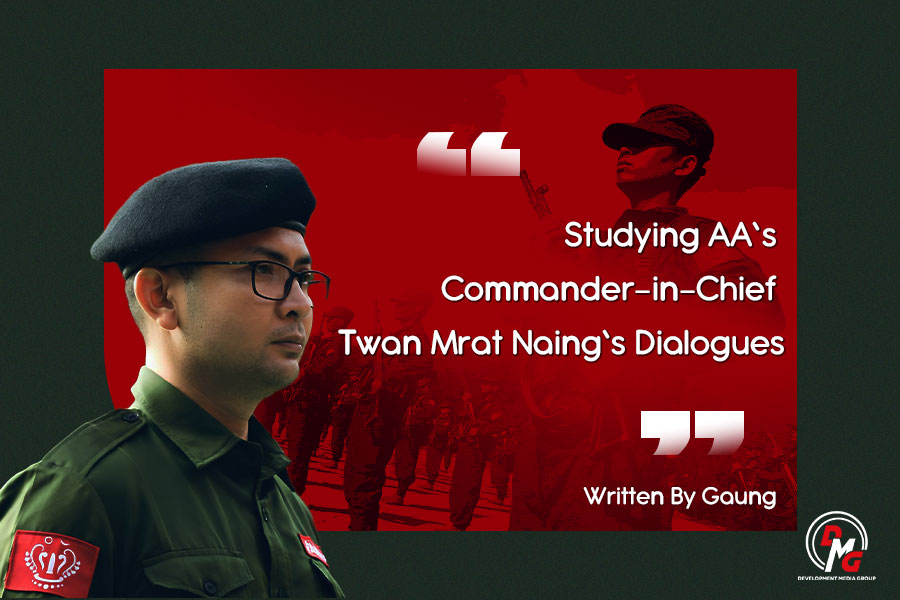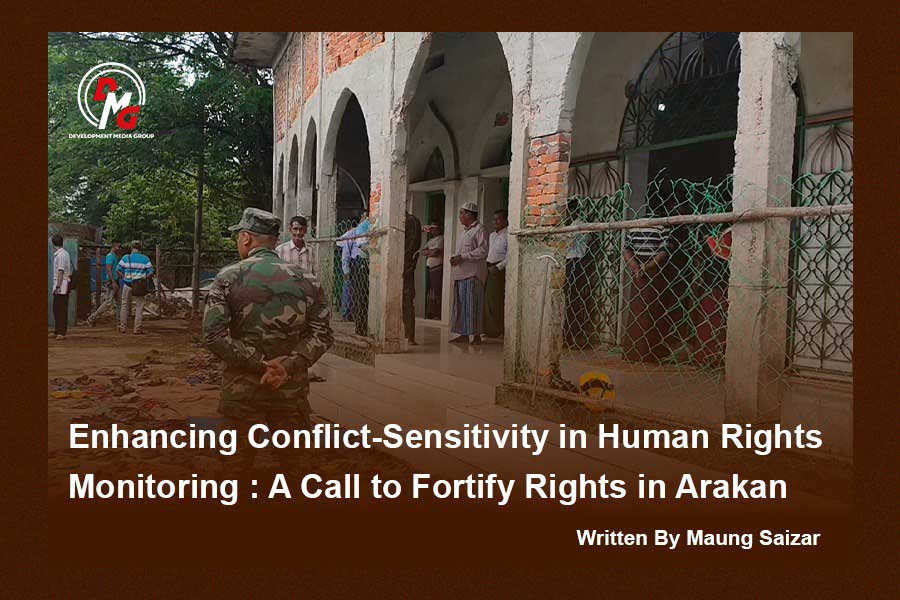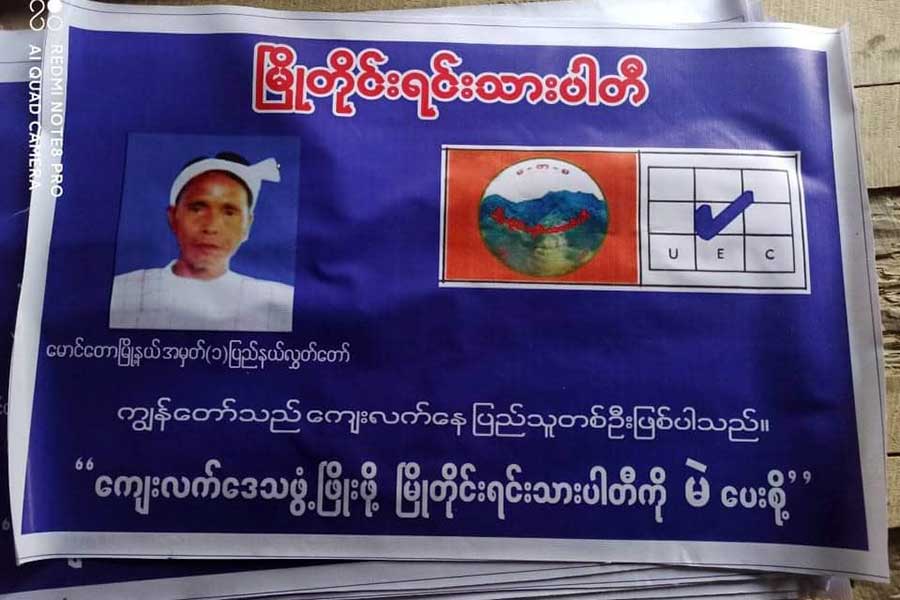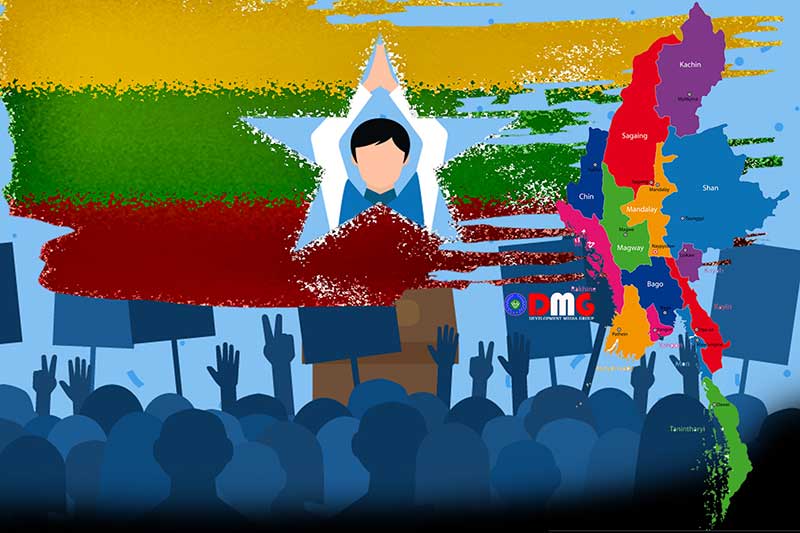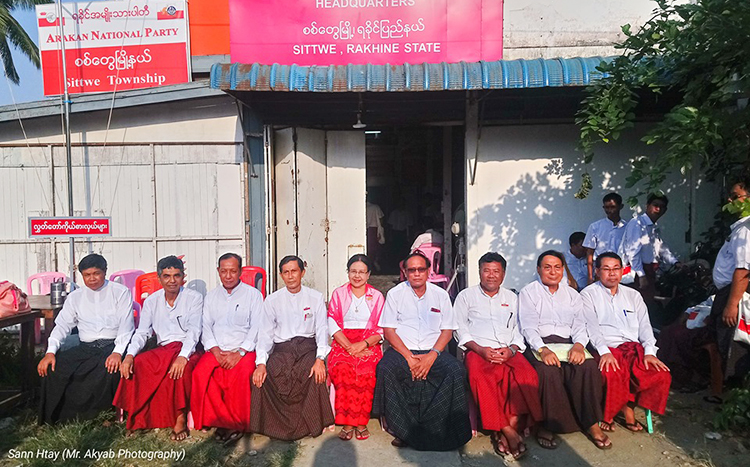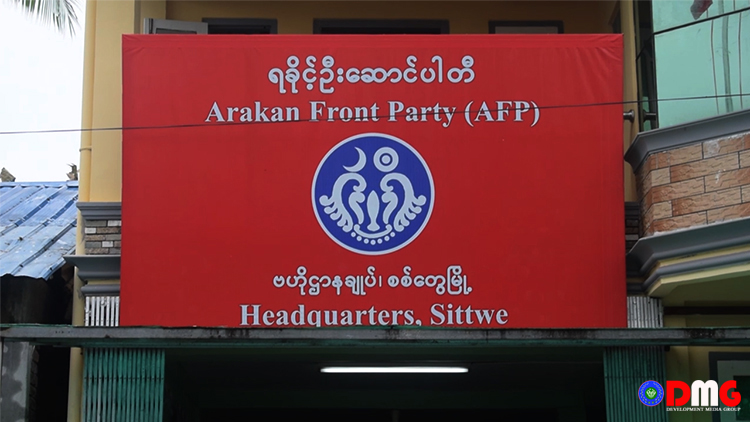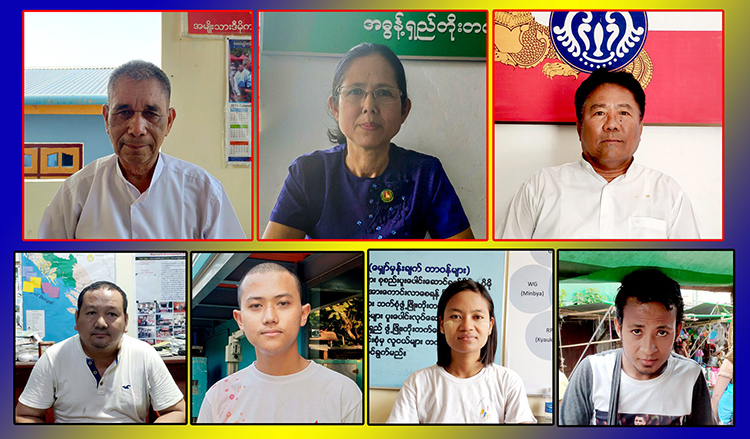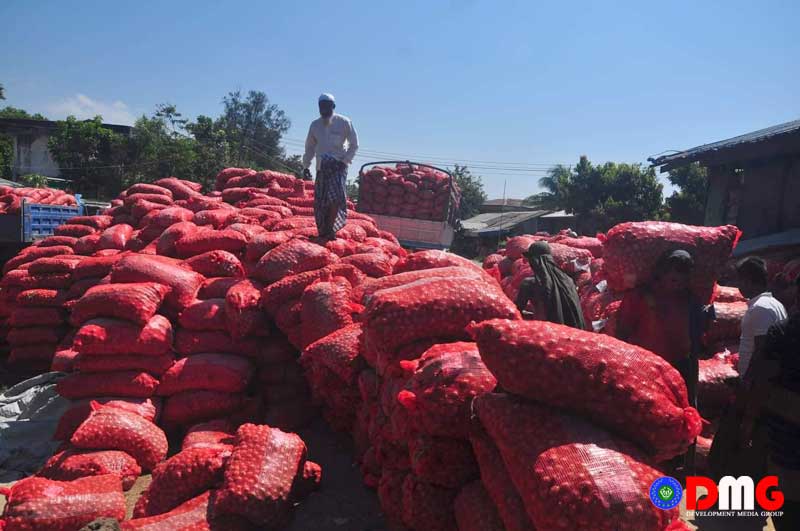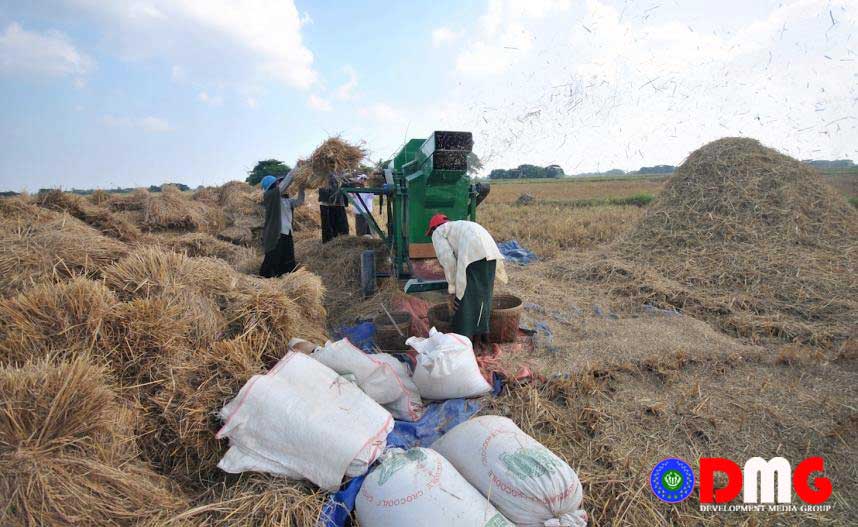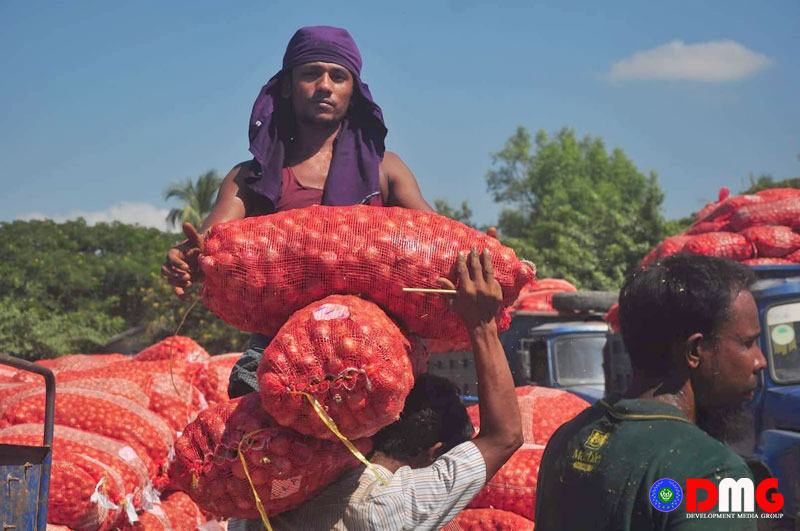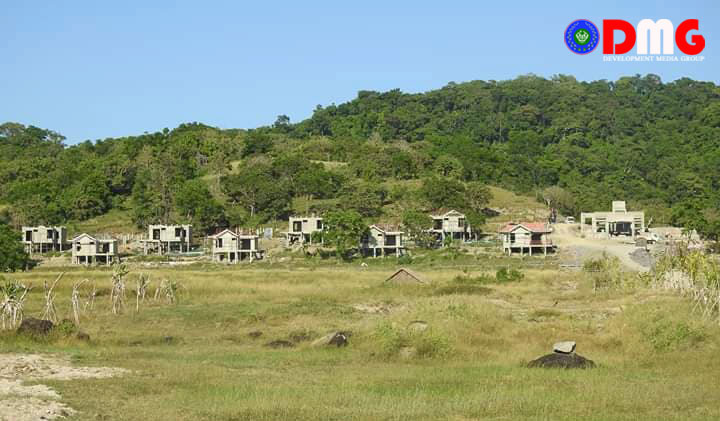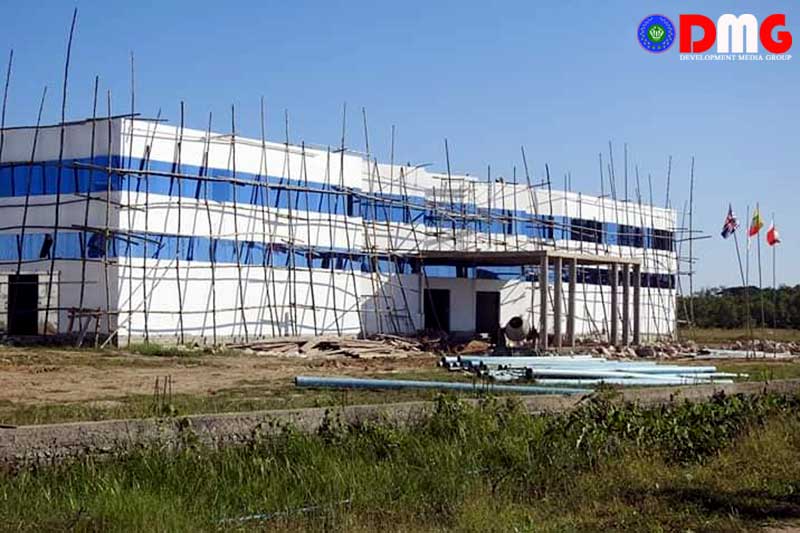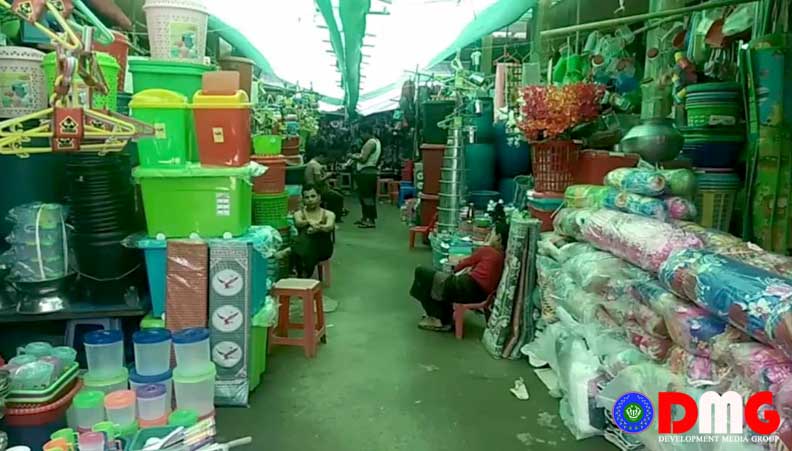- Junta unable to hold elections in dozens of wards and village-tracts in Sittwe, Kyaukphyu
- Fighting escalates between Myanmar military, Arakan Army in Ayeyarwady Region
- Regime steps up civilian arrests in Sittwe
- ULA safeguards Mrauk-U's ancient heritage
- Arakan on the Edge: What the DMG Landmine Impact Report Reveals About Myanmar's Deepening Humanitarian Crisis
NCA and the Arakan Army (AA)
This article looks back at the NCA's arc, the Arakan Army's connection-or exclusion-from it, and how that history intersects with today's revolutionary realities.
15 Oct 2025
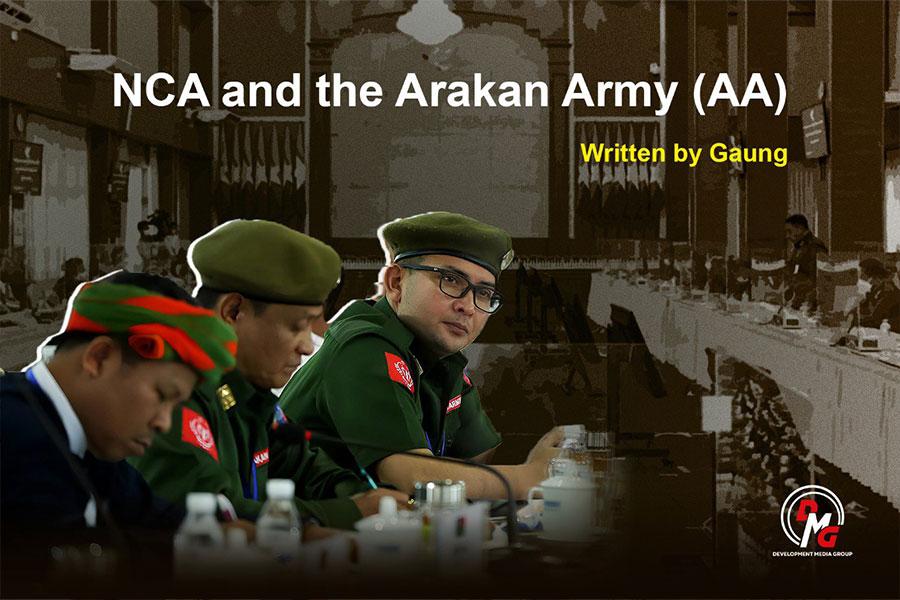
Written by Gaung
Ten Years After the Ceasefire: Why Arakan's Revolution Took a Different Path
Today, October 15, marks the 10th anniversary of the Nationwide Ceasefire Agreement (NCA). The junta chief who led the 2021 coup is hosting commemorations in Nay Pyi Taw, inviting select signatories to attend.
The ceremony, held from October 15-17, is paired with workshops under the banner "Building a Peaceful Future Myanmar," joined by several weaker, non-fighting ethnic armed organizations (EAOs). This article looks back at the NCA's arc, the Arakan Army's connection-or exclusion-from it, and how that history intersects with today's revolutionary realities.
Why the AA Was Excluded from the NCA
Under President U Thein Sein's quasi-civilian government in 2011, Myanmar began formal peace talks with EAOs. Starting that August, negotiators spent nearly four years shaping what became the NCA.
In the early rounds, major actors-including the Kachin Independence Army (KIA), Ta'ang National Liberation Army (TNLA), Myanmar National Democratic Alliance Army (MNDAA), and the AA-took part. Collectively, EAOs insisted that all ethnic groups be included, urging the government and military to recognize the AA, TNLA, and MNDAA.
Commander-in-Chief Min Aung Hlaing rejected this demand, refusing to recognize the so-called Three Brotherhood Alliance (Northern Alliance). At the time, the AA was based in KIA-controlled Laiza and was dismissed as a mere KIA affiliate. He reportedly sneered that the NCA was "not a festival anyone could attend," pressing the three groups to disarm-ignoring that the AA had supported the KIA's 2011-2012 battles and assisted the MNDAA in Kokang in 2015. Small in size and denied recognition, the AA was pushed out of the NCA process.
Who Signed the NCA
On October 15, 2015, eight groups signed: the Restoration Council of Shan State (RCSS), Karen National Union (KNU), Democratic Karen Buddhist Army (DKBA), KNU/Karen National Liberation Army (Peace Council) - KNLA-PC, Pa-O National Liberation Organization (PNLO), All Burma Students' Democratic Front (ABSDF), Arakan Liberation Party (ALP), and Chin National Front (CNF).
In February 2018, the New Mon State Party (NMSP) and Lahu Democratic Union (LDU) joined, bringing the total to 10.
From Laiza to Arakan: The Return Home
Shut out of the peace process, the AA gradually moved from Laiza back to Arakan. By 2015, it had set up temporary bases near the Myanmar-Bangladesh-India tri-border.
In 2016-2017, skirmishes broke out in Paletwa, Ponnagyun and elsewhere. From late 2018 to 2020, major battles flared across Kyauktaw, Mrauk-U, Ponnagyun, Buthidaung, Minbya and Ann-some of the fiercest fighting to date between the AA and the Myanmar military.
The NLD government and the military designated the AA a terrorist organization and vowed to annihilate it within three months. The AA endured, and by 2020 elevated the "Arakan Dream (Rakhita)"-a vision of autonomy and dignity through resilience. After three brutal years, a Japan-mediated truce was brokered by Nippon Foundation chairman Yohei Sasakawa in late 2020. Following the 2021 coup, Arakan was relatively calm for a period before fighting resumed in early 2022; another ceasefire followed in November 2022. By November 2023, the AA launched its most ambitious Arakan Liberation Campaign.
Operation 1027 and the Arakan Liberation Campaign
In October 2023, the AA joined Operation 1027 alongside the TNLA and MNDAA. On November 13, it opened the Arakan Liberation Campaign, striking across Rathedaung, Kyauktaw, Minbya and beyond-targeting battalions, commands and regional headquarters.
By January 2024, it had seized Paletwa and Pauktaw; by February, Kyauktaw, Mrauk-U, Minbya and Myebon; by March, Ponnagyun, Ramree and Rathedaung; by May, Buthidaung; by September, Thandwe; and by December, Maungdaw, Taungup and Ann. Within roughly one year, 14 of Arakan's 17 townships were captured.
Today, the AA effectively governs most of Arakan-from the Indian border at Paletwa to the coastal frontier with Bangladesh and south to Gwa-functioning as a de facto administration. The junta is largely confined to Sittwe, Kyaukphyu and Manaung; Sittwe is encircled and Kyaukphyu remains under growing pressure as the AA pushes to take it fully.
Meanwhile, the AA has expanded operations into central Myanmar-Magway, Bago and Ayeyarwady Regions-fighting alongside People's Defence Force (PDF) units in Nyaungphoe, Pantanaw, Yekyi, Thabaung, Pathein and elsewhere.
Alongside military advances, the AA has emphasized parallel governance: administration and justice, basic public services, and initiatives aimed at inter-communal harmony between Arakanese (Rakhine) and Muslim communities.
The NCA Peace Process and Its Limits
The NCA's founding vision was a democratic federal union with guarantees of self-determination. Between 2016 and 2020, four Union Peace Conferences produced 71 agreed principles. Yet the most crucial issues-meaningful power-sharing, troop deployments, and state constitutional arrangements-remained unresolved. After the 2021 coup, the NCA framework effectively collapsed.
The Hollow Shell of the NCA
Once hailed as a post-Panglong milestone, the NCA has become a hollow shell-sound without substance. Several signatories-KNU, CNF, ABSDF and NMSP (anti-coup faction)-rejected the coup, resumed armed resistance and boycotted the junta's 10th-anniversary events. Meanwhile, weaker groups such as RCSS, ALP, KNLA-PC and DKBA continue to cling to the NCA and side with the junta, despite waning public legitimacy.
AA's Strength Beyond the NCA
Unlike the signatories, the AA never relied on the NCA. Many who did-like ALP or RCSS-have lost both capacity and support, becoming politically marginal under junta pressure. The AA instead chose a different political lane by joining the Federal Political Negotiation and Consultative Committee (FPNCC)-alongside the United Wa State Army (UWSA), KIA, Shan State Progress Party (SSPP), National Democratic Alliance Army (NDAA), TNLA and MNDAA-which rejects the NCA template and advocates alternative dialogue premised on strength and equality.
It is a realist lesson for Myanmar's politics: only those with real power are recognized.
Conclusion: A New Path Beyond the NCA
Ten years after the NCA, peace in Myanmar is still a promise deferred. For Arakan, the lesson is clear: dialogue without equality leads nowhere. The AA's rise outside the NCA shows that durable federal peace will not come from paper agreements, but from political realities built on the ground.
When future negotiations inevitably emerge-multilateral or bilateral-the junta can no longer treat the AA as it once did. The AA is preparing to engage on its own terms, from a position of strength rather than submission-ready to shape a new political framework for Arakan's future.




